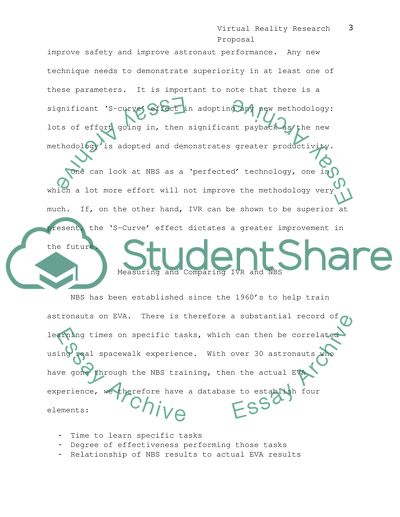Cite this document
(Virtual Reality Research Proposal Example | Topics and Well Written Essays - 1000 words, n.d.)
Virtual Reality Research Proposal Example | Topics and Well Written Essays - 1000 words. https://studentshare.org/technology/1523995-virtual-realities
Virtual Reality Research Proposal Example | Topics and Well Written Essays - 1000 words. https://studentshare.org/technology/1523995-virtual-realities
(Virtual Reality Research Proposal Example | Topics and Well Written Essays - 1000 Words)
Virtual Reality Research Proposal Example | Topics and Well Written Essays - 1000 Words. https://studentshare.org/technology/1523995-virtual-realities.
Virtual Reality Research Proposal Example | Topics and Well Written Essays - 1000 Words. https://studentshare.org/technology/1523995-virtual-realities.
“Virtual Reality Research Proposal Example | Topics and Well Written Essays - 1000 Words”. https://studentshare.org/technology/1523995-virtual-realities.


